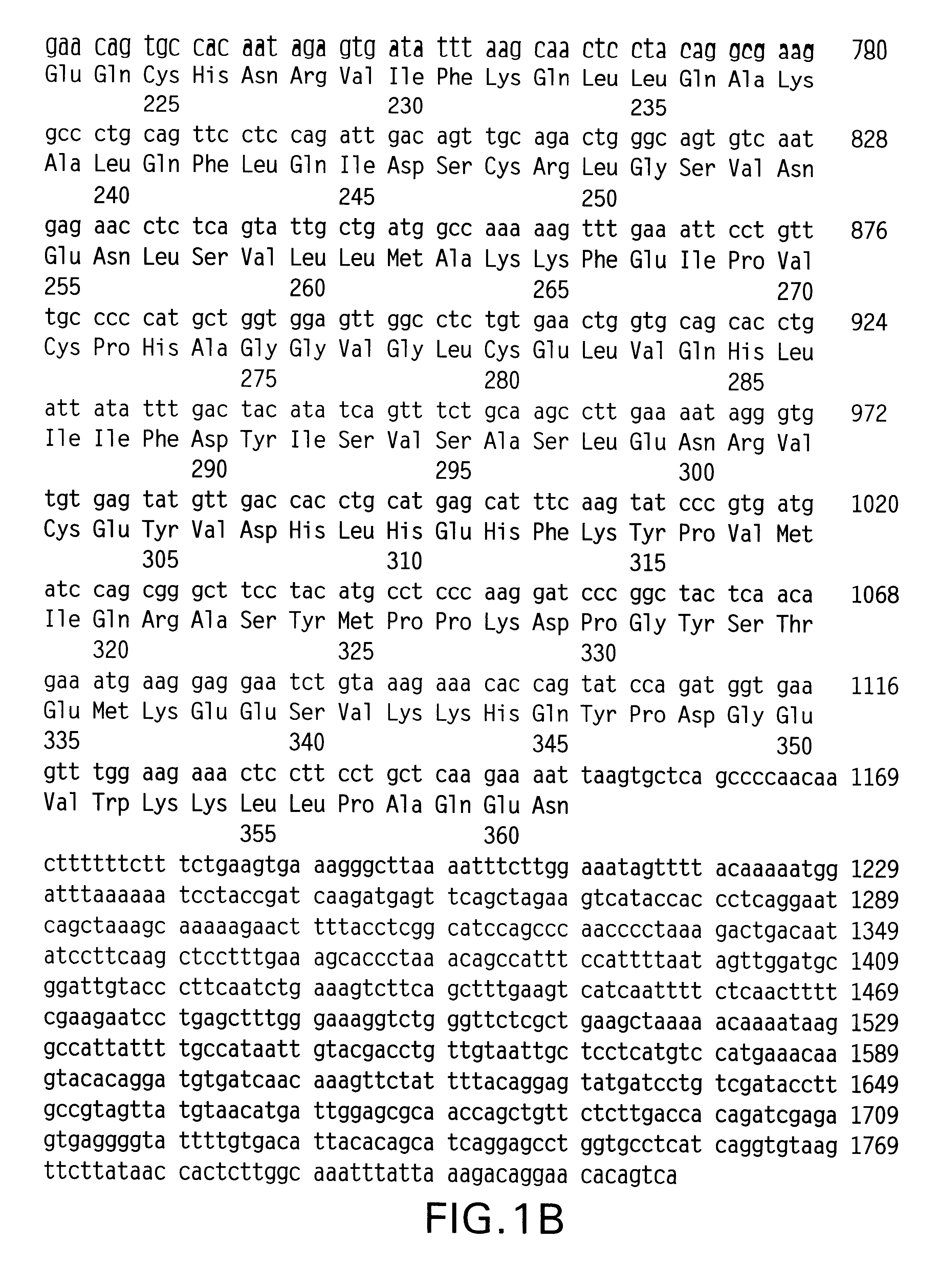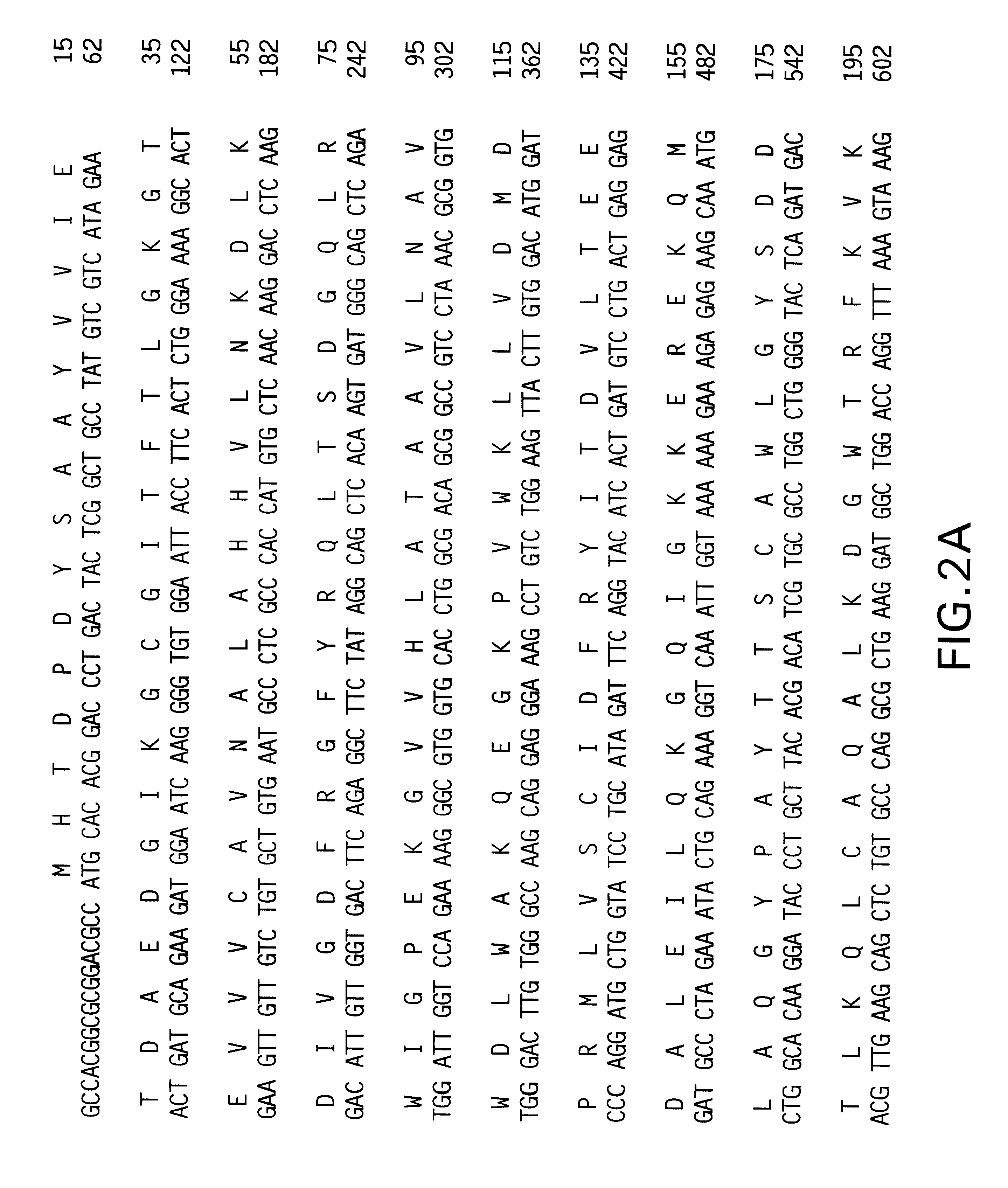Methods and compositions for the diagnosis and treatment of neuropsychiatric disorders
a neuropsychiatric disorder and diagnostic and therapeutic method technology, applied in the direction of instruments, biocide, transferases, etc., can solve the problems of inability to predict inability to accurately diagnose which drug treatment will be effective, and high lod scores at a single locus
- Summary
- Abstract
- Description
- Claims
- Application Information
AI Technical Summary
Problems solved by technology
Method used
Image
Examples
Embodiment Construction
Described herein is the discovery that the rTS gene, is associated with neuropsychiatric disorders such as human bipolar affective disorder (BAD). This invention is based on the genetic and physical mapping of the rTS gene to a specific, narrow portion of chromosome 18, also described in the Example presented below in Section 6.
The invention described in the subsections below encompasses screening methods (e.g., assays) for the identification of compounds which can be used to treat individuals suffering from an rTS mediated neuropsychiatric disorder. The invention also encompasses agonists and antagonists of the rTS gene product, including small molecules, large molecules, and antibodies, as well as nucleotide sequences that can be used to inhibit rTS gene expression (e.g., antisense and ribozyme molecules), and gene or regulatory sequence replacement constructs designed to enhance rTS gene expression (e.g., expression constructs that place the rTS gene under the control of a strong...
PUM
| Property | Measurement | Unit |
|---|---|---|
| bipolar affective disorder | aaaaa | aaaaa |
| structure | aaaaa | aaaaa |
| Mental Disorders | aaaaa | aaaaa |
Abstract
Description
Claims
Application Information
 Login to View More
Login to View More - R&D
- Intellectual Property
- Life Sciences
- Materials
- Tech Scout
- Unparalleled Data Quality
- Higher Quality Content
- 60% Fewer Hallucinations
Browse by: Latest US Patents, China's latest patents, Technical Efficacy Thesaurus, Application Domain, Technology Topic, Popular Technical Reports.
© 2025 PatSnap. All rights reserved.Legal|Privacy policy|Modern Slavery Act Transparency Statement|Sitemap|About US| Contact US: help@patsnap.com



